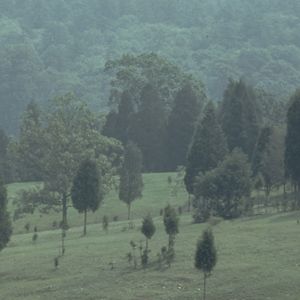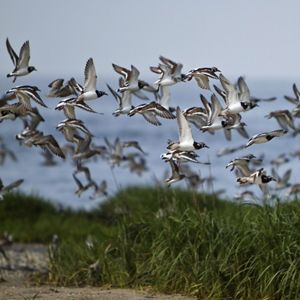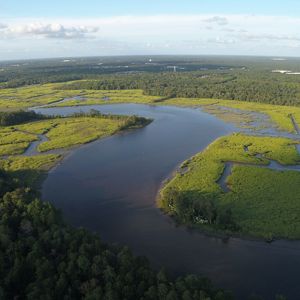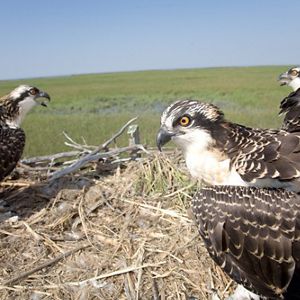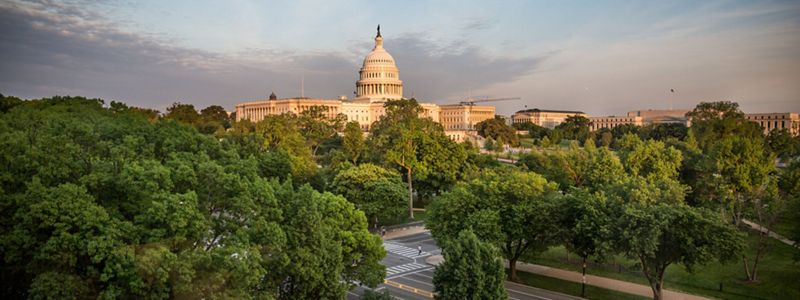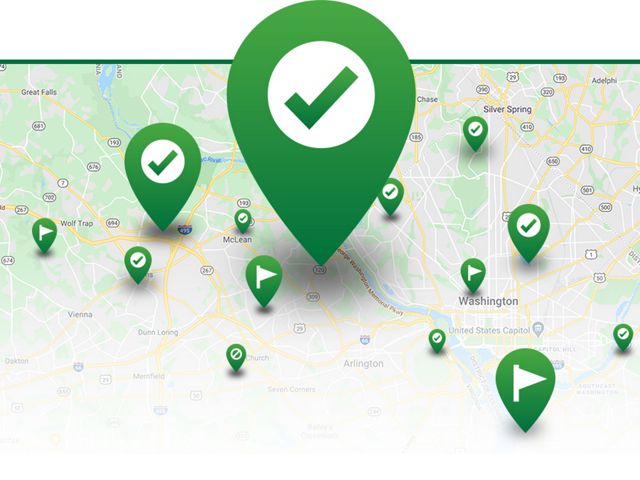Description
This preserve was named after its unusual serpentine bedrock. In Maryland, there are only four remaining examples of this federally endangered barren community.
An open, dry grassland surrounded by forest, Pilot is an excellent example of how an area’s geology determines the character of the plant and animal communities on it. The barren is underlain by serpentine bedrock, an ancient metamorphosed igneous rock containing a high concentration of the mineral serpentinite.
Although a narrow band of serpentine bedrock occurs from Alabama to northern Quebec, outcrops are widely scattered. This band of serpentine is at its greatest width in the Piedmont of Maryland and Pennsylvania.
The soils eroded from serpentine bedrock are very thin and nutrient poor, thus the name barren. Serpentinite contains high concentrations of minerals such as magnesium, chromium, iron and nickel.
The effect of these minerals and a dry, hot microclimate is an unusual community of plants adapted to the serpentine barren. Since the soils are rich in some toxic minerals, only plants that are adapted to block their uptake can survive here.
Growing in the preserve are the state-rare fameflower (Talinum teretifolium), the regionally rare prairie dropseed (Sporobolus heterolepis) and the nationally-rare serpentine aster (Aster depauperatus), which is restricted to serpentine soils.
Serpentine species are also adapted to the recurring, naturally ignited fires that once kept the forest at bay. Since colonial times, these fires have been suppressed and the surrounding forest has encroached upon these grasslands. Large grazing mammals such as elk probably helped to maintain these grassland openings.
32 acres have been protected at Pilot Serpentine Barren since 1985. Management focuses on increasing the size of the openings with prescribed burns and manual removal of pines and cedars.
Due to the fragile ecology of the serpentine barren, the preserve is only open to scientific research with prior permission from TNC. Even a few visitors can damage the plants, animals and natural communities that live here. Thank you for your understanding and help in protecting this important part of Maryland's natural heritage.

